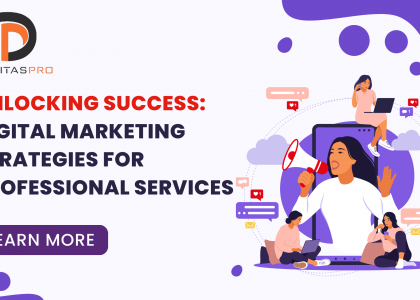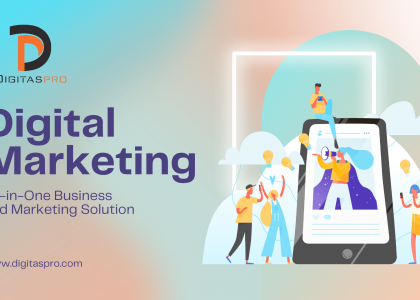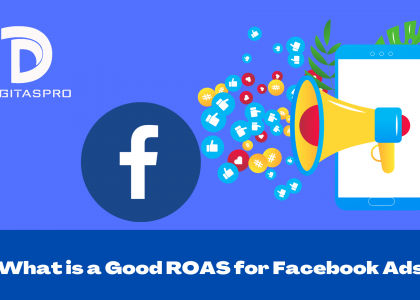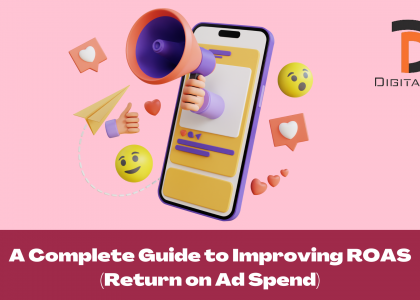

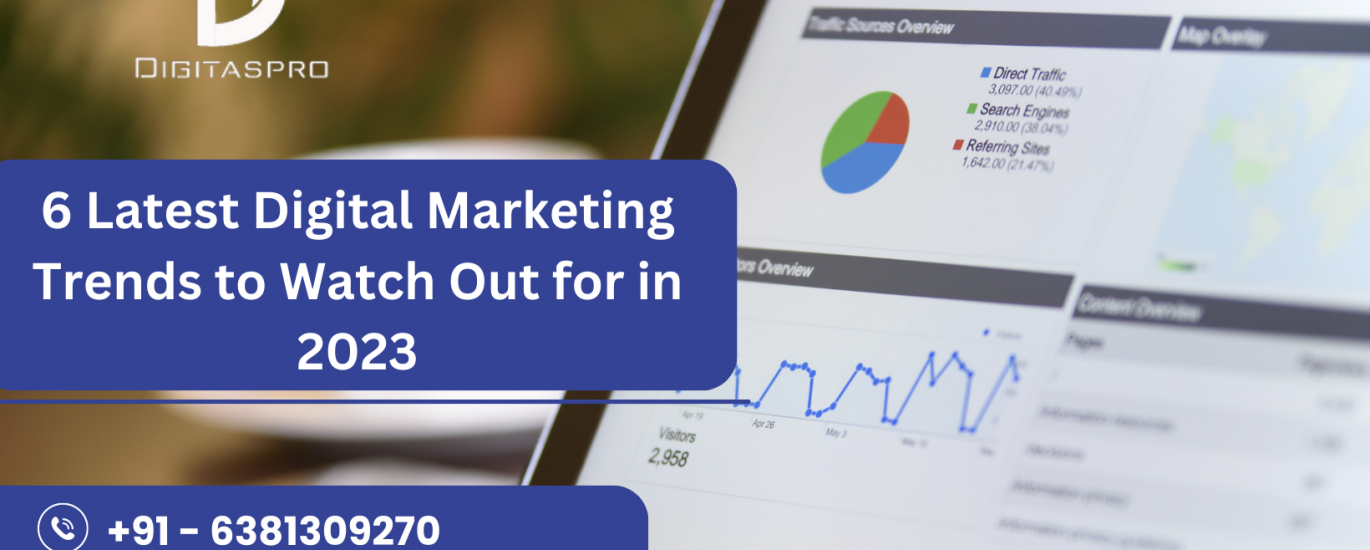
In the ever-evolving landscape of digital marketing, staying ahead of the curve is essential to remain relevant and effective. As 2023 unfolds, the digital marketing arena continues to witness transformative shifts driven by technological advancements and changing consumer behaviors. To help you navigate these dynamic waters, we’ve compiled a comprehensive guide to the six latest digital marketing trends that deserve your attention in 2023.
The metaverse, a virtual universe where users interact in digital environments, has rapidly gained traction. Brands are exploring new opportunities to engage customers within these immersive experiences. Whether through virtual events, interactive games, or branded spaces, metaverse marketing offers a novel way to create memorable and engaging brand interactions.
Voice search continues to shape how consumers access information. With the proliferation of smart devices and voice assistants, optimizing your content for voice search is paramount. Tailoring your SEO strategy to accommodate natural language queries and long-tail keywords can help you secure a coveted spot in voice search results.
Artificial intelligence (AI) is revolutionizing personalization by enabling marketers to deliver hyper-relevant content and experiences. AI analyzes user behavior, preferences, and past interactions to tailor messages, product recommendations, and offers. As AI algorithms become more sophisticated, expect to see personalized experiences that resonate on a deeper level.
Non-fungible tokens (NFTs) have taken the art and entertainment worlds by storm. This trend is now permeating digital marketing as brands experiment with NFT campaigns, limited edition digital assets, and tokenized loyalty programs. NFTs offer a unique way to foster engagement, reward loyal customers, and establish digital ownership.
Consumers are increasingly drawn to brands that align with their values. Sustainability and purpose-driven marketing are no longer optional but essential components of a brand’s identity. Brands that authentically champion social and environmental causes are resonating with conscious consumers, creating a powerful connection that goes beyond transactional relationships.
Extended Reality (XR) encompasses both augmented reality (AR) and virtual reality (VR). AR enhances the real world with digital overlays, while VR immerses users in entirely virtual environments. Brands are leveraging XR to create interactive shopping experiences, virtual try-ons, and immersive storytelling that captivate and engage audiences in new and exciting ways.
As the digital marketing landscape continues to evolve, staying abreast of the latest trends is imperative to remain competitive. In 2023, metaverse marketing, voice search optimization, AI-powered personalization, NFT marketing, sustainability, and extended reality are poised to reshape how brands connect with their audiences. By embracing these trends and adapting your strategies accordingly, you can position your brand for success in the rapidly changing digital ecosystem. Remember, the key to effective digital marketing lies in understanding your audience, staying innovative, and consistently delivering value-driven experiences.
Digital marketing refers to the use of digital channels, such as search engines, social media, email, websites, and mobile apps, to promote products, services, or brands to a target audience.
A digital marketing strategy typically includes elements like social media marketing, content marketing, search engine optimization (SEO), pay-per-click advertising, email marketing, and analytics to measure and improve campaign performance.
SEO helps improve a website’s visibility on search engines, driving organic (unpaid) traffic. It involves optimizing website content, meta tags, and other factors to rank higher in search engine results pages.
Social media marketing involves creating and sharing content on social media platforms to engage with the target audience. It includes organic posting, paid advertising, and building a community around the brand.
Content marketing focuses on creating and distributing valuable, relevant, and consistent content to attract and retain a specific target audience. This can include blog posts, videos, infographics, and more.
Email marketing involves sending targeted emails to a list of subscribers with the goal of promoting products, services, or building customer relationships.
Key performance indicators (KPIs) like website traffic, click-through rates, conversion rates, social media engagement, and return on investment (ROI) are used to measure the success of digital marketing campaigns.
Staying updated can be done through industry blogs, newsletters, attending webinars and conferences, following industry leaders on social media, and participating in online communities.
Influencer marketing involves partnering with individuals who have a significant following on social media to promote products or services. This leverages the influencer’s credibility and reach.
Traditional marketing still holds value, but digital marketing allows for more targeted and measurable campaigns. An integrated approach that combines both can often yield the best results.
